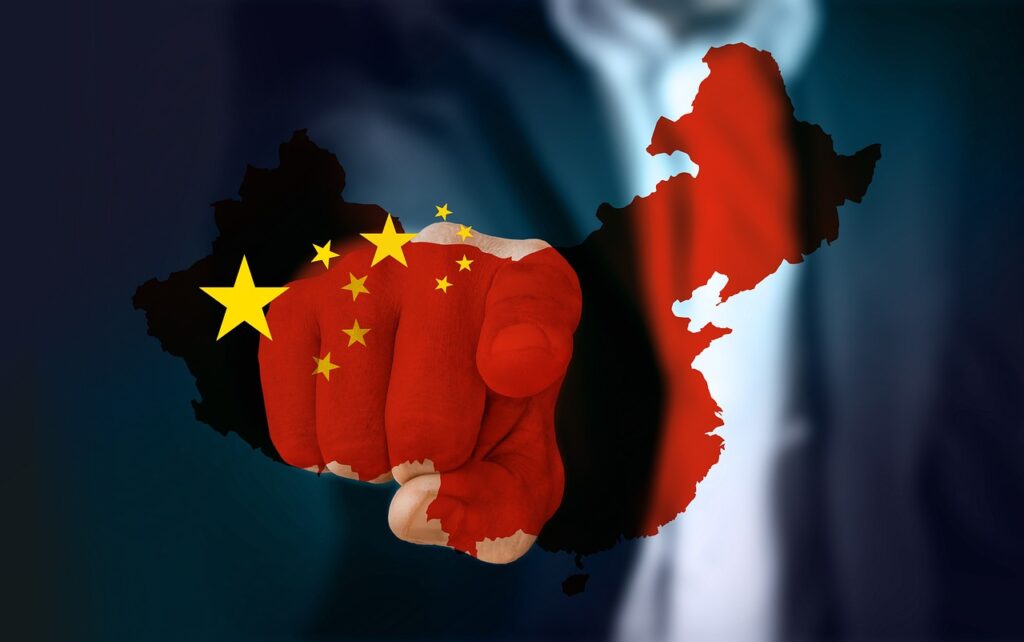China’s ascension in green hydrogen development presents a compelling case of strategy and resource allocation uniquely leveraged by its government and corporate structures.
Notably, China has emerged as a formidable leader, both in scale and potentially in technology, without relying on conventional financial supports such as government subsidies, quotas, or incentives typically seen in the energy sector. This path diverges from the expected norms, making China’s method a point of interest for industry analysts worldwide.
At the core of China’s strategy is the deployment of state-owned enterprises (SOEs) to carry out projects that may not initially be profitable—effectively a hidden subsidy model through governmental backing. These enterprises include some of the world’s largest industrial players, such as China Petroleum & Chemical Corporation (SINOPEC), China Energy Engineering Group Co. Ltd., China Baowu Steel Group Corporation, and China COSCO Shipping Corporation. Such companies are tasked with constructing extensive green hydrogen production facilities, where the current phase is incentivizing the creation of 6 gigawatts of electrolyzer capacity. Comparatively, this exceeds the global commission expectations for the year, underscoring the aggressive scale at which China is pursuing hydrogen energy.
China’s Green Low-carbon Advanced Technology Demonstration (GLATD) program epitomizes their approach. This initiative does not offer direct subsidies; instead, it mandates SOEs to develop and utilize green hydrogen at a financial loss. This method leverages the security these enterprises have by being state-backed, reducing the inherent financial risks and potentially enabling rapid technological advancement and commercialization. The GLATD’s latest round emphasizes accelerated development and the swift adoption of technological innovations, aiming for China to solidify its leadership in green hydrogen technology.
The intrigue further deepens when considering the technological and operational challenges faced by these initiatives. Efforts are geared towards overcoming hurdles such as achieving promised efficiency levels and ensuring the operational flexibility of electrolyzers—crucial for the economic viability of such large-scale projects. The absence of explicit traditional subsidies raises critical analysis on how these programs manage to sustain momentum and investment attractiveness without the typical economic safeguards.
China’s model highlights how geopolitical dynamics and internal regulatory frameworks can redefine market landscapes, particularly in emerging industries like hydrogen energy. By embedding strategic state intervention within its market operations, China not only circumvents immediate financial burdens but also positions itself strategically for a future where green hydrogen is a cornerstone of global energy infrastructure. The GLATD program is not merely a technical undertaking but a potential blueprint illustrating alternative paths to technological predominance—without direct financial infusion but through strategic enterprise utilization and state backing.
Stay updated on the latest in energy! Follow us on LinkedIn, Facebook, and X for real-time news and insights. Don’t miss out on exclusive interviews and webinars—subscribe to our YouTube channel today! Join our community and be part of the conversation shaping the future of energy.
